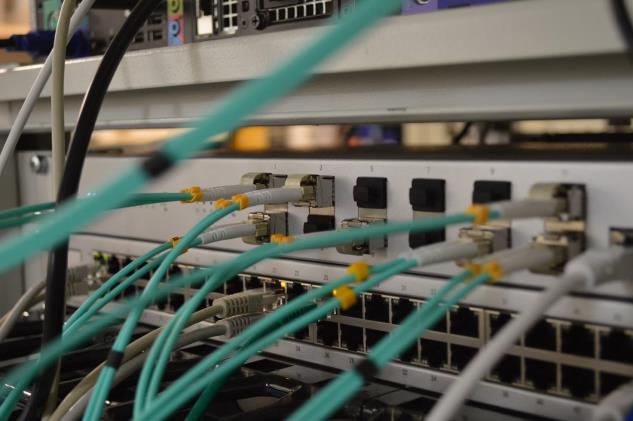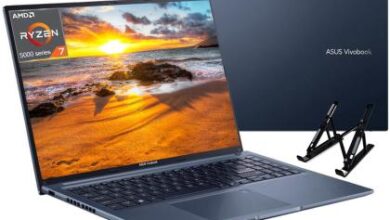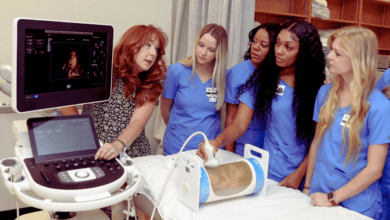
How Do I Know When Standalone Components are Compatible with My Server?
Compatibility is one of the significant factors for buying servers. Will the chosen server be compatible with standalone components in your system? The external or onboard hardware must work well with the server. Moreover, your Operating System should be compatible with the server. So, before upgrading your server or buying a new one, you have to focus on compatibility.
Hardware and server memory compatibility:
Upgrading the memory capacity of your server is an affordable and easy way to boost workload performance. However, compatibility is the main factor when you want to deal with server memory. But, which are the most affordable and compatible modules for your server? Every memory brand must include modules compatible with servers. The best server memory is cost-effective and compatible with your chosen servers.
Know about your server’s requirements:
The most significant step is to detect the server’s requirements related to:
- Storage capacity
- Workload
- Applications
- Operating System
- Network
- CPU
- Memory
The requirements will allow you to decide on the hardware components you should use. For instance, while running the database server, a considerable RAM amount and a high-end CPU should be used for it.
Go through the lists of hardware compatibility:
Analyze the hardware compatibility lists associated with the application and server’s OS. The lists are documents showing the components that were once verified and tested to deal with a particular product. It will help you avoid using components that may cause errors.
Choose certified components:
Only reliable vendors can provide you with certified and well-tested hardware components. These standalone hardware parts meet quality standards, show excellent performance, and ensure compatibility. Ensure that your chosen components are designed only for a particular platform. You may check manuals before selecting the components.
Update firmware and drivers regularly:
Updating the firmware and drivers is another significant step. Like software applications, drivers allow hardware parts to interact with the OS. On the contrary, firmware embedded in hardware regulates its features and functions. So, updating the firmware and drivers ensures better performance, compatibility, and high stability.
Consider compatibility testing services:
Another option for analyzing server compatibility is to consider using services for compatibility testing. There are third-party service providers to help you with professional validation and testing solutions. They will use different tools for successful compatibility testing. You will get a report that allows you to improve server compatibility.
Monitor hardware components:
Assessing hardware parts regularly is a vital step. You can easily detect anomalies and issues indicating hardware incompatibility. For instance, you may notice system logs or error messages. Troubleshoot hardware compatibility problems quickly and use the server efficiently.
If you want to buy a server, you should never overlook compatibility. Server vendors provide different pre configured systems, which comprise validated OS. But, if you want to create your own server, you must be more careful. Many businesses have invested in PowerEdge servers from Velocity Tech Solutions. Dell’s PowerEdge servers are available in different models with a variety of features.




